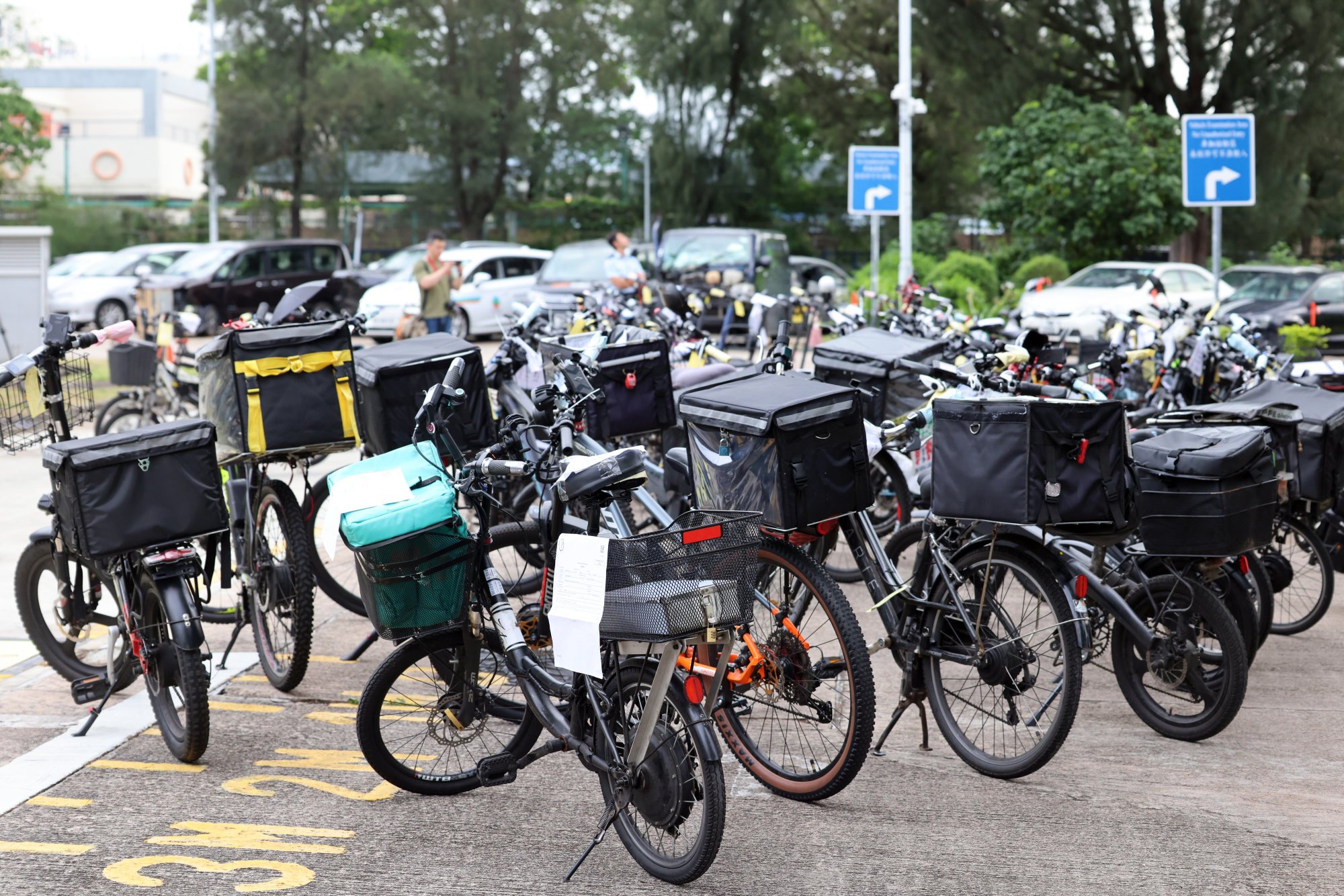
Section 1: The Crackdown Operation
Police in Hong Kong recently arrested 22 people for illegally using electric mobility devices like electric scooters and hoverboards. The operation targeted areas such as Kwun Tong, Sau Mau Ping, and Tseung Kwan O. Those arrested ranged in age from 34 to 63. Using these devices on carriageways, footpaths, or cycle tracks is a criminal offense, punishable by a maximum fine of HK$10,000 and up to one year in prison.
In 2023, police made 267 arrests for illegal use of electric mobility devices, up from 207 in 2021 and 236 in 2022. This increase shows a growing focus on enforcing traffic regulations. The crackdown aims to address public safety concerns, as unregulated devices pose risks to pedestrians, cyclists, and drivers.
Section 2: Government Policy and Regulations
The Hong Kong government does not register or license electric mobility devices under current laws. This policy exists because many devices are unregulated and vary in quality, raising safety concerns. In June 2023, the Transport Department reported 72 accidents involving these devices over four years, resulting in six deaths.
Battery safety is another major issue. Poor-quality batteries can leak, overheat, and cause fires. To address these problems, the government announced plans to amend laws regulating electric mobility devices.
Section 3: Public Safety and Accidents
Between 2019 and 2023, 72 accidents involving electric mobility devices were reported. These incidents often involved collisions with pedestrians, cyclists, or vehicles. Six people died as a result.
The accidents highlight the dangers of using these devices illegally. For example, riding on footpaths or roads not designed for them increases the risk of crashes. Stricter regulations are needed to prevent further injuries and deaths.
Section 4: Community Response and Public Opinion
The crackdown has sparked mixed reactions. Some residents support the police action, citing safety concerns. Others argue that the government should focus on creating better infrastructure for electric mobility devices instead of penalizing users.
Public opinion is divided on how to regulate these devices. Some advocate for licensing or registration systems, while others call for more public education on safe usage. Media and social platforms have played a key role in shaping these discussions.
Section 5: Legal and Regulatory Framework
Currently, Hong Kong’s laws do not allow electric mobility devices on public roads, footpaths, or cycle tracks. Offenders face fines and jail time. In June 2023, the government announced plans to amend these laws to better regulate the devices.
Proposed changes could include licensing systems or safety standards for manufacturers. These updates aim to balance innovation with public safety.
Section 6: Future Outlook and Recommendations
The future of electric mobility devices in Hong Kong depends on stricter regulations and better infrastructure. Policymakers should consider introducing licensing systems and safety standards. Public education campaigns can also help users understand the risks of illegal usage.
Ongoing monitoring of the crackdown’s effectiveness is essential. By addressing safety concerns and improving regulations, Hong Kong can create a safer environment for all road users.












